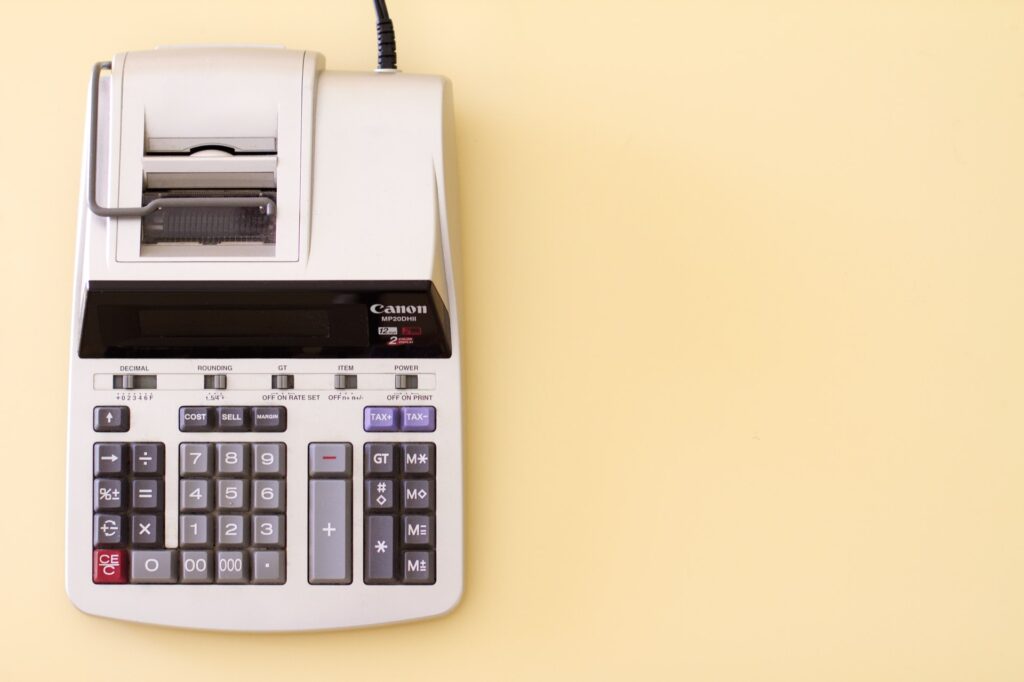With the days getting longer and the air feeling warmer, it’s the traditional time for us to be doing some “spring cleaning”. This doesn’t need to be focused only on wiping the dust off the tops of your cupboards though, you can also do a spring clean of your finances to help put you in a stronger position for the rest of the year.
Giving your finances a refresh can help you set more money aside and save for the future, regardless of what you want your future to be. So if you’d like to get your bank balance back on track, here are some simple tricks you can use to do it.
Set a Budget
In January, when the holidays are behind us, we can all feel the pinch after splurging on decadent holiday foods and gifts for loved ones. Yet, many of us splash out even more, buying things we don’t need in the January sales or taking advantage of New Year promotions that restaurants use to keep us going back during their quietest month.
So by the time spring comes around, we can still be treading water.
The best way to get back on track is to set (and stick to) a budget. For many, “budget” is a scary word that sounds complicated and a lot of work, but the reality is far from that. If it helps, think of it as a “plan” of how much money you’ll earn each month and how you intend to spend it.
You can use budgeting apps like Mint, PocketGuard, Wally, or You Need a Budget. Alternatively, a spreadsheet or even just a pen and paper will work equally as well. Just write down how much you get paid from your job and then the amount you pay for bills, rent, taxes, and groceries.
Whatever’s left at the end is what you can spend on the things you enjoy.
Set a Savings Goal
Once you have a budget, it’s wise to set a savings goal and calculate how much you need to set aside each month. You can then include this in your budget as an additional expense.
For example, if you’re saving up for a vacation next spring that will cost $2,000, you’ll need to save $167 a month over the next year to cover it.
Alternatively, if you’re looking to buy a house in four years and need a down payment of $10,000, you’ll have to set aside $209 every month to reach your goal.
Find Areas to Cut Back
If you’re finding it difficult to make your budget cover your expenses and savings goals, then you need to look at ways to cut back on your spending. Thankfully, there are plenty of easy ways you can do this without having to stop doing the things you enjoy.
There are plenty of free-to-play games that are just as good as paid-for alternatives. For example, PokerStars has a free version of its popular poker platform that lets you take part in ring games and tournaments using play money. Similarly, Activision’s Call of Duty: Warzone is a free multiplayer battle royale game that runs on the same game engine as the company’s paid titles. This means you can enjoy the same quality gameplay without having to spend any of your budget.
For those that enjoy movies, streaming sites like Netflix are much cheaper than expensive cable packages, while free versions of Spotify let you stream all the songs you like but require you to listen to the occasional ad.
If you have a gym membership (and can cancel it), consider ditching it and doing some exercise at home or by going for a run instead. This could easily save you $50-100 a month.

Consider Investing
If you have room in your budget, you may want to set some aside for investing. Investments are a good way to put your money to work for you, provided you can afford to lock it away for the medium to long term.
This doesn’t mean putting all your savings into some sort of speculative cryptocurrency or meme stock you found on Reddit. Nor does it mean spending your days watching stock tickers go up and down. It means making reasonable (and preferably regular) contributions to a portfolio that has a risk-reward ratio that you’re comfortable with.
You can often achieve good results with passive investments into tracker funds, though it’s important you do your own research or seek independent financial advice.
Done right, investing can help you prevent inflation slowly eating away at your hard-earned savings.
Monitor Everything
Once you’ve set up your budget, your savings goals, trimmed the fat from your spending and considered investing some of your money, you just need to sit back and monitor your financial health.
Periodically check your spending against your budget to make sure you’re sticking to it and make adjustments wherever they’re necessary so you can stay on track.


